Embedded Systems Design
Tell me more
We've found that people struggle to understand an Embedded System. Most people do not understand the role of embedded systems in our world, and this has motivated us to explain and highlight. We envisage two sorts of people viewing this site - those who are interested in learning about Embedded Systems, so we provide links to higher education; and those who may want a product designed using an Embedded System, so we provide links to our sister web site.
Let's start here. The simplest description of an embedded system is that it has sensors to measure something, output devices to control something and does something clever, quickly. We will expand on that, and give examples of what we mean by "something"!
What is an Embedded System?
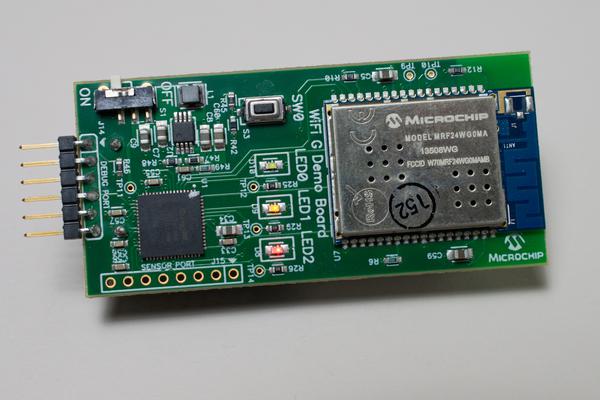
Embedded Systems are different things to different people. To someone who has been working on servers, an application developed for a phone is an embedded system. To someone who has written code for tiny 8-bit microprocessors, anything with an operating system doesn't seem very embedded. Embedded Systems are things like vending machines and traffic light systems and car parking systems and supermarket self-service machines and automobiles; all of these are devices that run software but aren't computers. (Most people recognize a computer as a general purpose device.) Perhaps an easy way to define the term without haggling over technology is:
'An Embedded System is a computerised system that is purpose built for its application.'
Because its mission is narrower than a general purpose computer, an Embedded System has less support for things that are unrelated to running the application. The hardware often has constraints: for instance, a CPU that runs more slowly to save battery power; a system that uses less memory so it can be manufactured more cheaply; processors that come only in certain speeds or support a subset of peripherals.
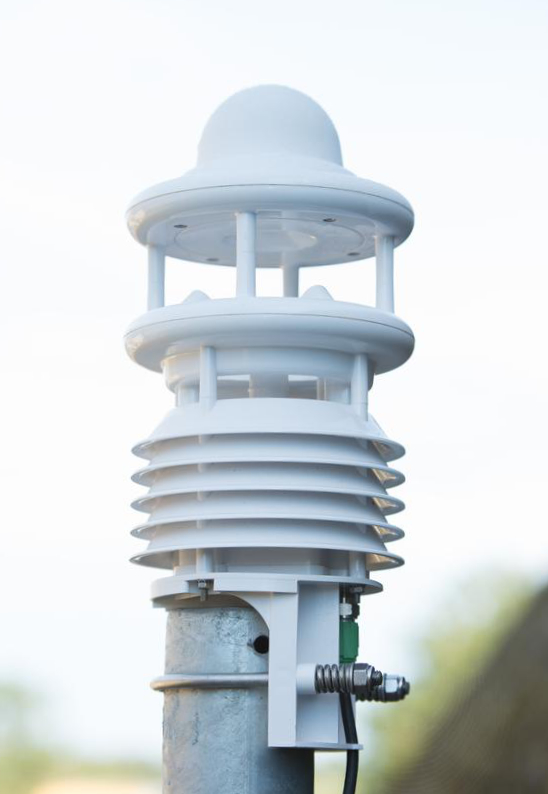
The hardware isn't the only part of the system with constraints. In some systems, the software must act deterministically (exactly the same each time) or real-time (always reacting to an event fast enough). Some systems require that the software be fault- tolerant with graceful degradation in the face of errors. For example, consider a system where servicing faulty software or broken hardware may be unfeasible (i.e. a satellite or a tracking tag on a whale). Other systems require that the software cease operation at the first sign of trouble, often providing clear error messages (a heart monitor should not fail quietly).
'An Embedded System is any computer that is a component in a larger system and that relies on its own microprocessor.'' (IEEE Computer)
Physically, embedded systems range from portable devices such as digital watches and MP3 players, to large stationary installations like traffic lights, factory controllers, and largely complex systems like hybrid vehicles, MRI, and avionics. An Embedded System is a computer system with a dedicated function within a larger mechanical or electrical system, often with real-time computing constraints.
It is embedded as part of a complete device, often including hardware and mechanical parts. By contrast, a general-purpose computer, such as a personal computer (PC), is designed to be flexible and to meet a wide range of end-user needs. Embedded Systems control many devices in common use today. Embedded Systems contain processing cores that are either microcontrollers, or digital signal processors (DSP).
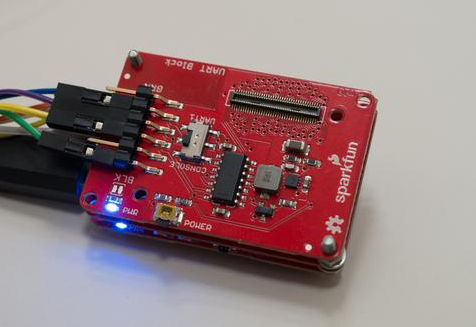
The processor is an important unit in the embedded system hardware. Embedded systems tend to have a close affinity to hardware and are often discussed in terms of hardware or using engineering terms and implements some engineering principle
Embedded systems are generally required to be highly reliabile and safe. For example, a faulty software module in an embedded system designed to control damping fuel rods in a nuclear reactor could have catastrophic effects.
Embedded systems have to deal with concurrent control of separate system components. They will tend to consist of computers and several external elements with which the computer programs will want to simultaneously interact (i.e. a flight control system). An embedded system requires efficient implementation because they are time critical.
Using Embedded Systems
Embedded systems are everywhere, common examples found around the home include web-connected thermostats, washing machines, printers etc. In your car, embedded systems run your ABS, cruise control, and deploy the airbags. In fact, most automobiles are filled with multiple embedded systems. With ever increasing connectivity available embedded systems are starting to be used in new and exciting ways as shown below. Check out the Real World Examples page for more in depth information.

Robotics
With technology advancing rapidly, the combination of Robotics and Embedded Systems is at the forefront of the world’s top business and government efforts. It aims to build, develop, implement, and analyse the world’s most advanced technologies and make an impact on the advancing electronic and robotic world.
Embedded intelligence is finding it's way into many products, which are attempting to be fully autonomous. Research areas include automotive, healthcare and education. In the future, these robots will become a part of our everyday lives and as a result there will be demand for technical skills in these areas.

Internet of Things (IOT)
As the Internet of Things continues to grow, it is changing the nature of the devices that are attached and how we interact with them and their data they produce, into a data-rich and capable world.
Embedded systems are the "things" in the Internet of Things. As the Internet of Things continues to grow more embedded systems are being used in interesting ways to sense data and interact with users. This increase is also changing the technology itself with more advanced hardware and tools continually appearing.

Intelligent Transport Systems
Organisations such as Google, Audi and Toyota are interested in the R&D of intelligent transport systems that can be used to increase the safety and comfort of drivers. These intelligent transport system aim to increase the efficiency of existing infrastructure by monitoring and controlling vehicle traffic.
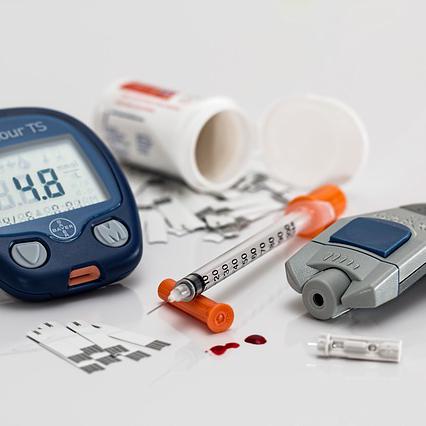
Smart Healthcare Systems
With advanced mobile technology, a doctor can monitor the status of a patient, get real-time reports on his/her medical status like heart rate and blood pressure. Even internal-body examinations can be done with the help of pill-shaped micro-cameras that travel inside the digestive systems sending back images to aid the diagnosis.
Get a University Degree in Embedded Systems
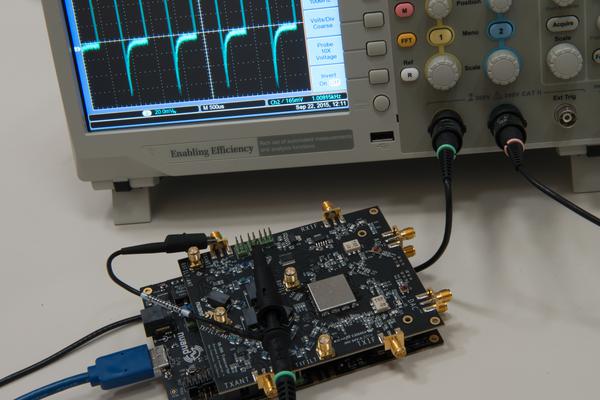
The examples above provide a glimpse into the rapidly developing world of computing and embedded systems. Most consumer technology such as TVs and digital boxes now use complex software running on embedded CPUs. With this, companies have an urgent need for skilled graduate in this area. By studying courses such as Computing for Embedded Systems, you will not only gain a strong understanding of computer systems; but gain experience from practical work that will equip you with an understanding of different aspects of digital electronics and programming.
Jobs & Interships in Embedded Systems

Most graduates are snapped up straight away with 100 percent going into employment within the first sixth months. Their hardware and software expertise is highly sought after by employers in areas that include telecommunications, automotive control, real-time programming, systems administration, embedded systems development and digital systems processing. Xor Systems is currently offering a 1-year placement that gives students the opportunity to focus on embedded systems design and will appeal to students undertaking a computing degree. We work closely with UWE to ensure that the opportunity complies with the needs of the degree courses they offer. The placement is paid and the rate is competitive with many other local businesses. We are located in the Bristol & Bath Science Park.